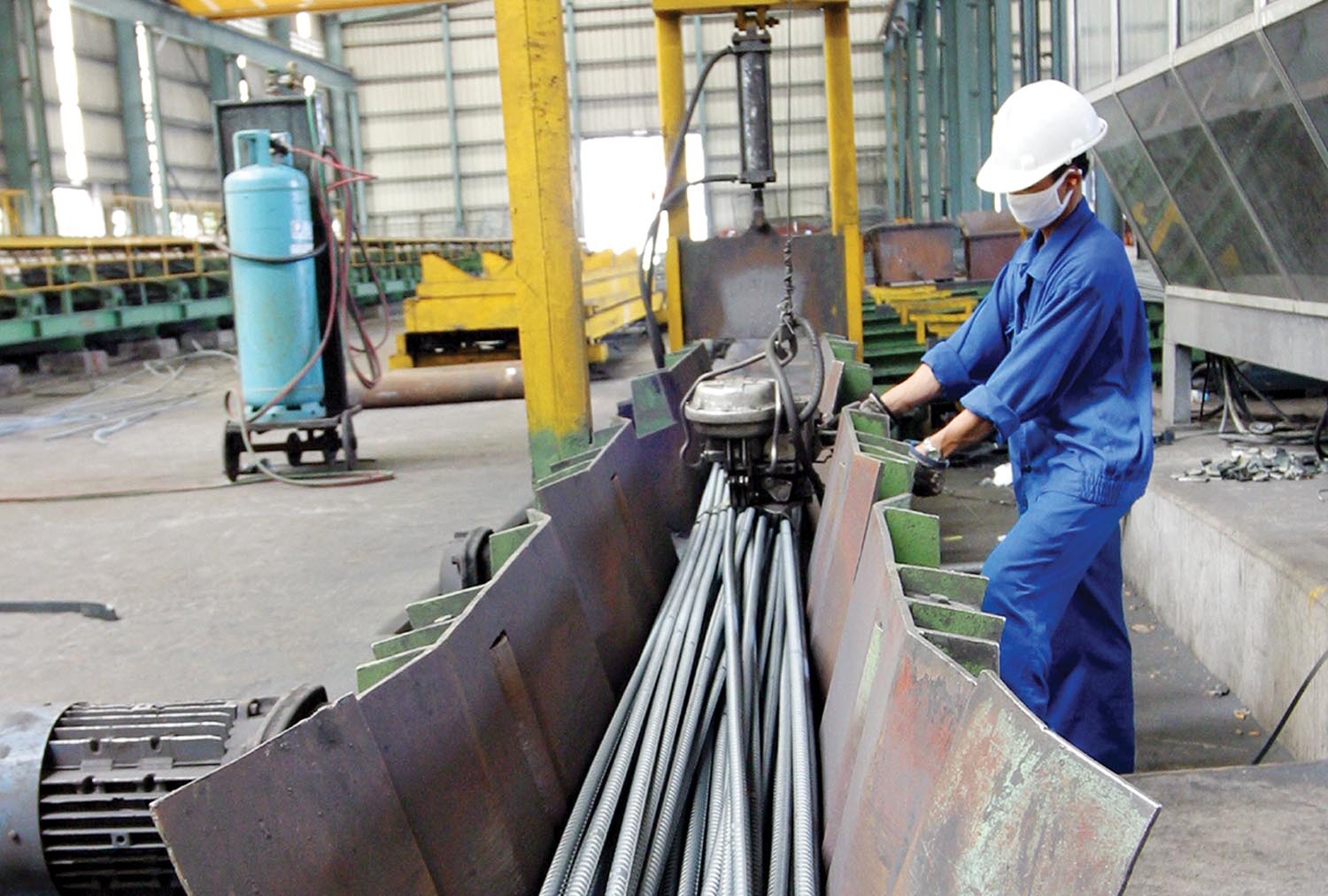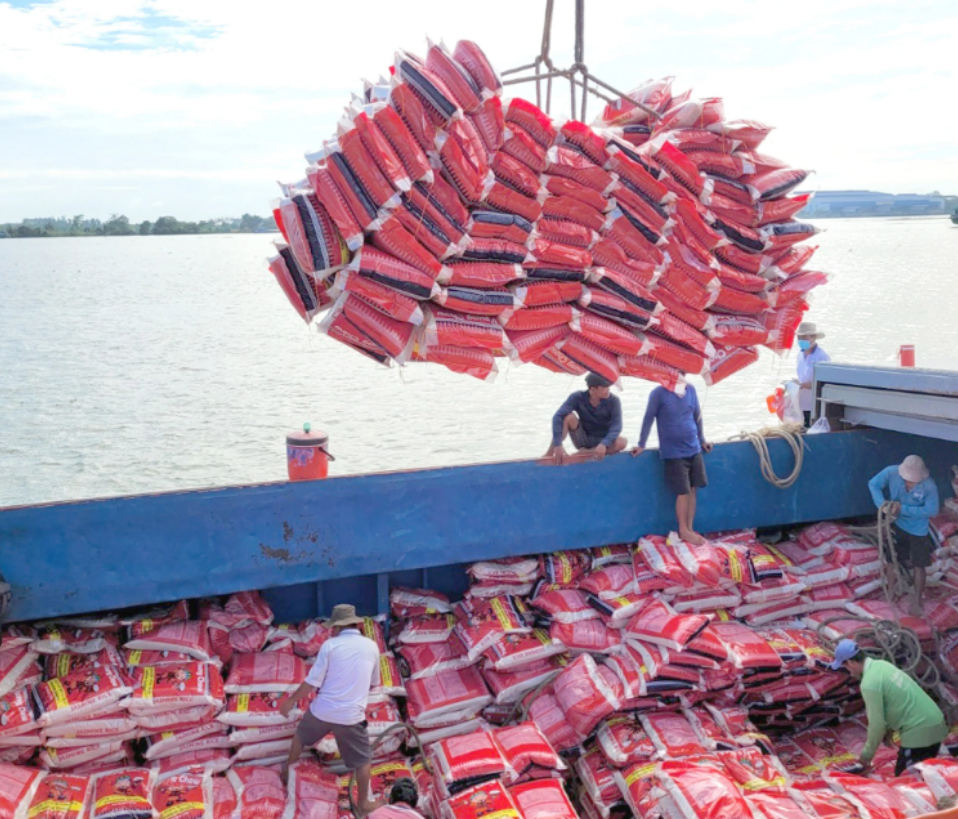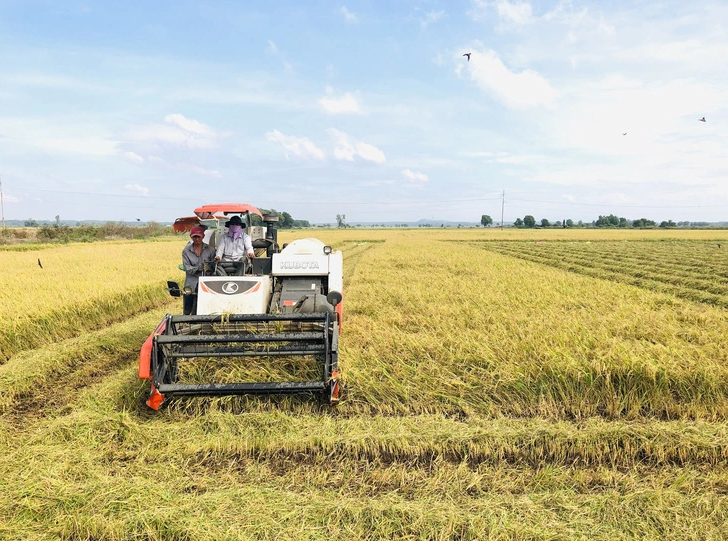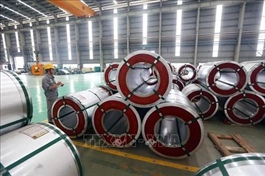Rosier price prospects for steel products set for Q4
Rosier price prospects for steel products set for Q4
Slow consumption continues to pull domestic iron and steel prices down deeply, particularly as the Q3 low consumption season has not yet ended.

On the domestic market, as of August 31, the domestic steel price had been adjusted down 17 times in a row since the beginning of the year, now below VND15 million ($630) per tonne and creating a new price base, according to the Mercantile Exchange of Vietnam (MXV).
On the metal market price list at the close on August 30, the bright spot belonged to the iron ore market as iron price recovered around 2 per cent fetching $114.4 per tonne.
As iron and steel is deemed a particularly sensitive commodity in terms of the Chinese government’s stimulus, the prospect of China being about to issue a series of new policies has given a firm lift to iron ore prices.
According to MXV, this data is of particular interest to the market as it is an indicator of either a contraction or expansion in China's manufacturing activity, which uses a large volume of base metals as input materials.
In addition, in the face of China's economy weakening, Chinese authorities are trying to revive the economy. Therefore, iron ore and steel prices may receive support if China continues to issue economic support policies next week.
Not only the Chinese market, the rising prospect of iron ore consumption, the main input material in the steel industry in Japan, the world's third-largest steel producer, is also a supportive factor for ore prices to maintain its upward momentum.
Despite these hidden pressure, MXV believes that demand is expected to get better in the fourth quarter (Q4) when real estate supply is expected to slightly recover, and from there boosting steel consumption.
In Dispatch No. 749 issued on August 18, Prime Minister Pham Minh Chinh requested to speed up the disbursement of public investment sources in the rest of 2023.
Accelerated construction of works, bridges, roads, and social housing systems would contribute to pushing up consumption of building materials, helping to remove difficulties for domestic steel businesses.
According to Do Duy Thai, chairman of southern leading steel maker Pomina Steel JSC, from now until the end of 2023, the real estate market is likely to remain quiet, before regaining growth momentum from mid-2024.
Steel consumption for the rest of this yeariwill be mainly driven by public investment.
According to the Vietnam Steel Association, in the first half of this year, construction steel production approximated 5 million tonnes, down 25.5 per cent; and consumption came to nearly 5.1 million tonnes, down 22.7 per cent, of which exports were 831,000 tonnes, down 38 per cent on-year.




























